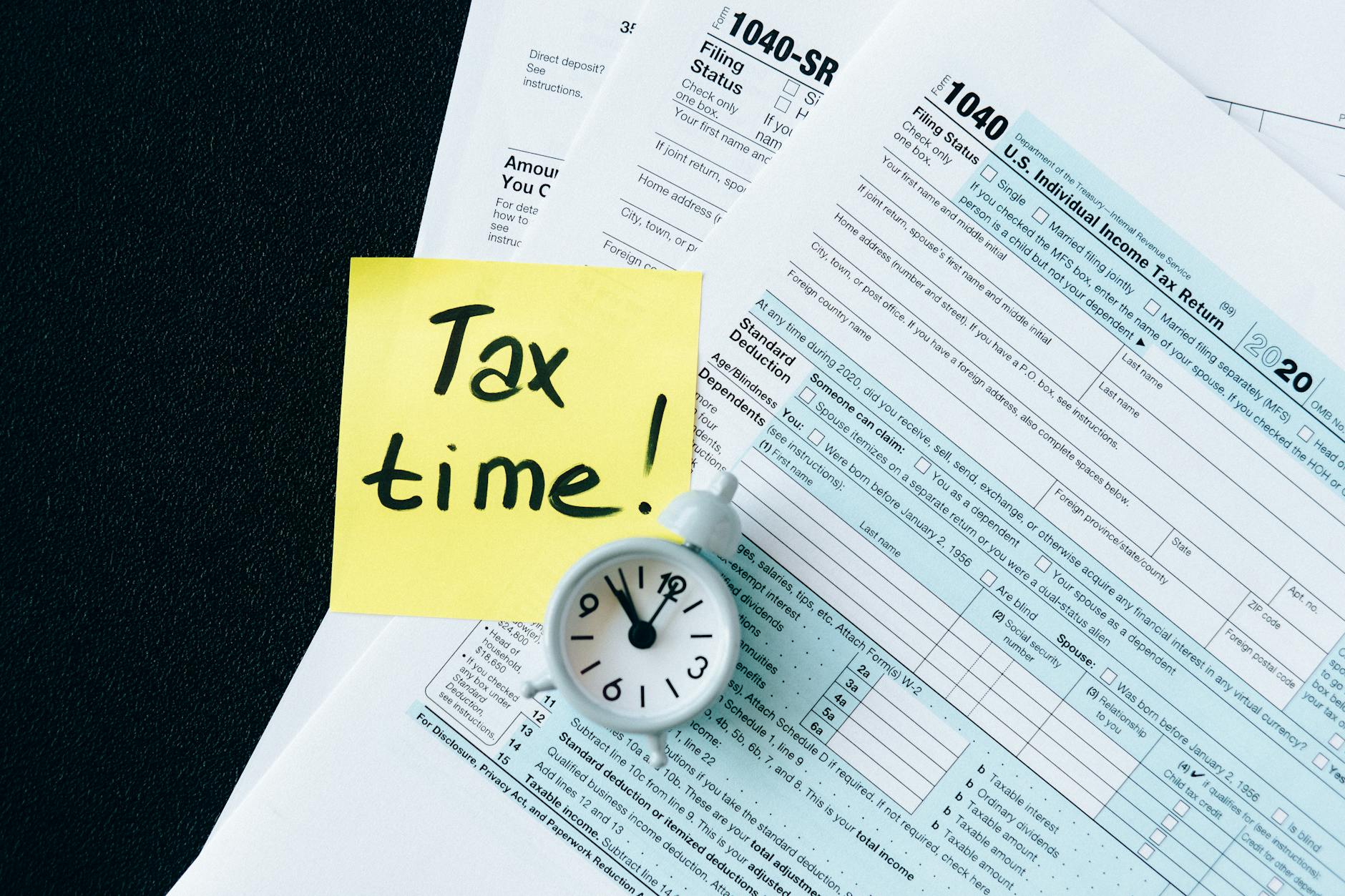Claiming What's Yours: A Guide to Understanding and Obtaining Tax Refunds


A Guide to Understanding and Obtaining Tax Refunds
Tax refunds are a welcome relief for many individuals, providing a financial boost and an opportunity to recoup overpaid taxes. However, navigating the process of claiming a tax refund can be daunting, especially for those unfamiliar with tax laws and regulations. In this comprehensive guide, we delve into the intricacies of tax refunds, offering valuable insights and practical tips to help individuals understand the process and maximize their refunds.
Understanding Tax Refunds
At its core, a tax refund is a reimbursement from the government for overpaid taxes. When individuals pay more taxes throughout the year than they owe based on their income and deductions, they are entitled to a refund of the excess amount. Tax refunds can result from various factors, including tax credits, deductions, and withholdings, and the amount refunded depends on individual circumstances and tax obligations.
Navigating the Refund Process
The process of claiming a tax refund begins with filing a tax return, either electronically or by mail, to report income, deductions, and tax credits for the year. Taxpayers must accurately report their financial information and claim all eligible credits and deductions to maximize their refund. Once the tax return is processed by the IRS or relevant tax authority, refunds are issued either by direct deposit or check, typically within a few weeks of filing.
Maximizing Your Refund Potential
To ensure the maximum refund possible, taxpayers should take advantage of all available tax credits and deductions for which they qualify. Common tax credits include the Earned Income Tax Credit (EITC), Child Tax Credit, and Education Credits, while deductions may include expenses such as mortgage interest, medical expenses, and charitable contributions. Additionally, taxpayers should review their withholding allowances and adjust as needed to avoid overpaying taxes throughout the year.
Common Refund Mistakes to Avoid
While claiming a tax refund may seem straightforward, several common mistakes can delay refunds or result in lower-than-expected amounts. These include mathematical errors, incomplete or inaccurate information on tax returns, and failure to report all income sources. Taxpayers should carefully review their tax returns for accuracy and consider seeking assistance from tax professionals or using tax preparation software to minimize errors and maximize refunds.
Navigating Special Circumstances
In certain situations, taxpayers may encounter special circumstances that impact their tax refund eligibility or processing. These may include life events such as marriage, divorce, childbirth, or homeownership, as well as unique financial situations such as self-employment income or investment gains and losses. Individuals facing complex tax situations should seek guidance from tax professionals or consult relevant tax resources to ensure accurate reporting and maximize refund potential.
Conclusion
In conclusion, claiming a tax refund requires understanding of tax laws and regulations, diligent record-keeping, and careful attention to detail. By familiarizing themselves with the tax refund process, maximizing refund potential, avoiding common mistakes, and navigating special circumstances effectively, individuals can confidently claim what's rightfully theirs and put their tax refunds to good use. Whether it's paying off debt, saving for the future, or treating themselves to a well-deserved splurge, tax refunds provide a valuable opportunity for financial empowerment and security.